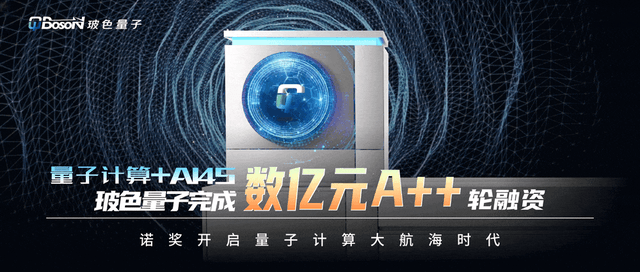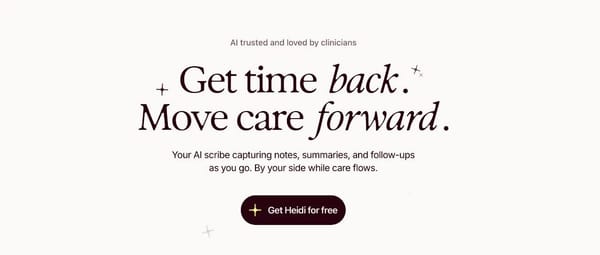# Access Control for AI Agents
**Why It Matters and How It Differs from Traditional Applications**
---
## Introduction
There’s a rush across industries to build **AI agents** — autonomous systems that go beyond simple chat-based interactions and can **take direct actions** such as:
- Fetching files
- Sending messages
- Calling tools
- Updating records
Because agents can act independently, **secure design** and **robust access control** are now critical.
---
## Access Control Primer
AI agents need to **authenticate** and **authorize** before accessing sensitive data or performing actions.
### 📌 Key Concepts
- **Authentication (AuthN)** – Confirms *who* you are.
Each agent must have a **unique identity**, distinct from other users or apps.
- **Authorization (AuthZ)** – Determines *what* you can do.
Agents should be limited to specific data and actions.
Together, AuthN and AuthZ form the foundation for secure interactions. Common industry standards like **OAuth 2.0** are widely used, with identity providers offering robust services.
> ⚠️ However, AI agents pose **unique challenges** beyond traditional OAuth workflows.
---
## What Makes Agents Different?
**Key differences from conventional apps:**
1. **Broader Access Requirements** – Agents often interact with many more services and tools.
2. **Dynamic Access Needs** – Permissions can change rapidly depending on context.
3. **Complex Auditing** – Tracking actions is harder due to multi-service, autonomous execution.
**Implication:** Current frameworks need **additional constructs** for agents.
---
## Agent Access Challenges & Mitigation
### 1. Many Services & Tools
- Standardized interfaces for tools.
- Abstracted OAuth 2.0 flows to simplify granting access.
### 2. Fluid Access Needs
- Rules based on context:
- *“Agent A can never request Permission A”*
- *“Agent B must request consent every time Permission C is needed”*
### 3. Complex Auditing
- Actions may span multiple providers.
- Central log for audit events & access pattern analysis.
---
## Centralized Auth Framework for Agents
A **centralized authentication & authorization server for agents** could offer:
- **Unified oversight**
- **Flexible policies**
- **Consolidated auditing**
Platforms like [AiToEarn官网](https://aitoearn.ai/) — although focused on monetization — showcase **multi-service connectivity**, mirroring the need for strong centralized AuthN/Z in AI agents.
---
## Role-Based Access Control (RBAC)
- Permissions tied to **roles** (e.g., Administrator), not individuals.
- Dynamic assignment to match **changing agent access needs**.
- Enables centralized capability updates across all agents.
---
## Just-In-Time (JIT) Access
- Temporary, **limited-time privileged access**.
- Ideal for granting agents high-privilege tasks without long-term risk.
- Works well with strong audits to reduce attack surfaces.
---
## Benefits of Centralized Agent Auth
- **Standardized access** to tools/resources.
- **Integrated audit logs** for compliance.
- **Unified policy updates** across agents.
---
## Using OAuth 2.0 for Agents Today
Agents can leverage:
- **OAuth 2.0** for authorization
- **OIDC** for authentication
**Two main access types:**
1. **Delegated Access** – On behalf of a user
2. **Direct Access** – Without user involvement
---
## Delegated vs Direct Access
### Delegated Access
🔹 Agent acts **for a user**
🔹 Best for request-driven workflows
**Examples**:
- Email assistant reading user’s inbox
- AI content publisher posting to user’s social media
**Key OAuth Flows**:
- [Authorization Code Flow](https://auth0.com/docs/get-started/authentication-and-authorization-flow/authorization-code-flow?ref=blog.langchain.com)
- [On-Behalf-Of Token Flow](https://learn.microsoft.com/en-us/entra/identity-platform/v2-oauth2-on-behalf-of-flow?ref=blog.langchain.com)
---
### Direct Access
🔹 Agent operates **independently**
🔹 Best for autonomous, event-triggered processes
**Example**:
- Security agent analyzing system logs without human involvement
**Key OAuth Flow**:
- [Client Credentials Flow](https://auth0.com/docs/get-started/authentication-and-authorization-flow/client-credentials-flow?ref=blog.langchain.com)
**Best Practices**:
- Keep credentials in **private environments**
- Rotate credentials frequently
---
## OAuth Flows Summary
| Access Type | Flows |
|----------------------|--------------------------------------|
| **Delegated Access** | Auth Code Flow & OBO Token Flow |
| **Direct Access** | Client Credentials Flow |
---
## Conclusion
As agents grow **more capable and autonomous**, AuthN/Z becomes **non-negotiable**.
While OAuth 2.0 and OIDC provide a foundation, **fluid permissions, multi-service access, and complex audits** demand more advanced, centralized solutions.
> Platforms like [AiToEarn](https://aitoearn.ai/) illustrate how secure multi-platform workflows can merge with monetization strategies — integrating authentication, authorization, publishing, analytics, and [AI model ranking](https://rank.aitoearn.ai).
---
**Next Step:** Would you like me to design a **technical architecture diagram** showing how RBAC and JIT integrate with OAuth 2.0 for agent authentication servers?




